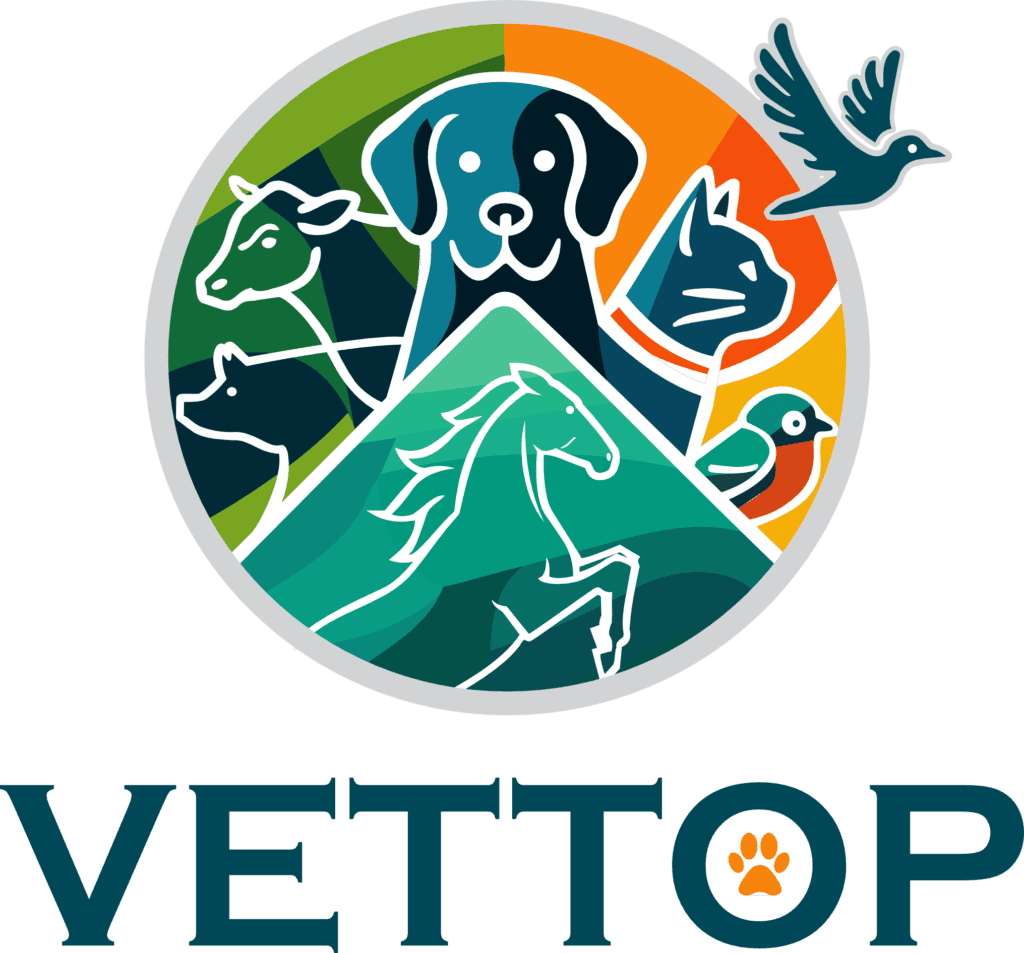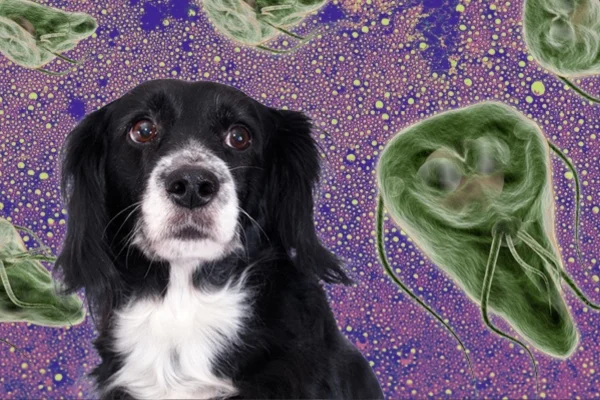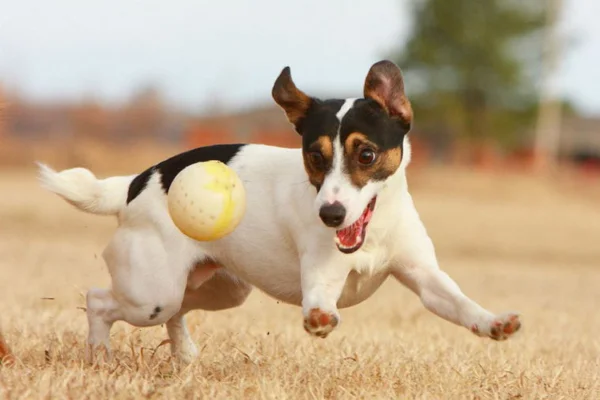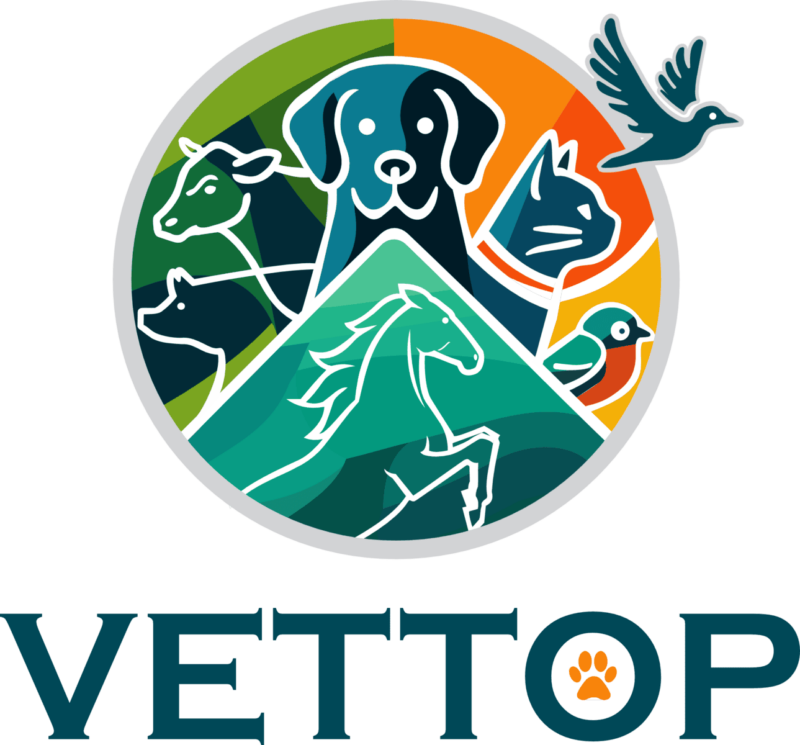Giardiasis in dogs
The health of our pets is a constant concern for pet owners, and parasitic diseases such as giardiasis represent a significant challenge. Giardiasis is an infection caused by the protozoan Giardia spp. which can affect dogs, cats and humans, and is recognized as a zoonosis by the World Health Organization (WHO). This parasite is transmitted through the ingestion of cysts present in contaminated water, food or surfaces, leading to a series of uncomfortable and debilitating symptoms in infected animals.
In this article, we'll explore the causes, symptoms, diagnosis, treatment and preventative measures of giardiasis in dogs, providing essential information for maintaining the health and well-being of our four-legged friends.
Contents
Etiology
Giardiasis is caused by the protozoan Giardia spp. and is considered by the World Health Organization (WHO) to be a zoonosis, affecting dogs, cats and humans. A
contamination with the parasite occurs when the host (dog) becomes contaminated with the cysts "eggs" of the protozoan by ingesting contaminated water, food or surfaces. The
giardia cysts are its infectious form and are highly resistant to the environment.
After ingesting the cysts, they reach the host's stomach, where they are ingested.
process called excystment, due to the acidic pH of the stomach each ingested cyst will release trophozoites into the small intestine and as they reach the end of the small intestine, the cysts are released.
in the digestive tract, the trophozoites will turn into cysts again and be released into the environment when the animal defecates.
Clinical signs
Dogs with giardiasis usually have pasty diarrhea, abdominal pain, emesis, dehydration, anorexia, weight loss and others.
Diagnosis
Based on the clinical signs, the veterinarian can order some tests to close the diagnosis of the disease, these tests consist of finding the agent in the feces of the animal.
There are several methods for this: direct examination, rapid tests, ELISA, immunochromatography, coproparasitology and even PCR. As the release of
trophozoites in the feces is released intermittently, the veterinarian may request up to 3 stool samples taken 48 hours apart.
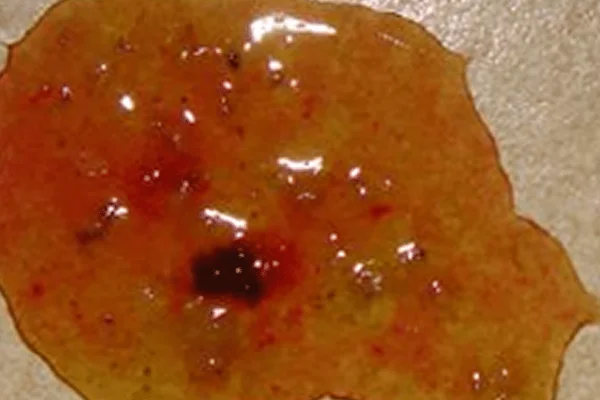
Treatment
Treatment consists of eliminating the etiological agent from the animal's body, providing supportive therapy as necessary and interrupting the parasite's life cycle.
The medication of choice for treating Giardia spp is currently fenbendazole, which has been shown to be more effective than metronidazole in eliminating the parasite. And the use of
of antibiotics has been questioned for promoting bacterial resistance.
Another important pillar of treatment is to treat the clinical signs of each patient according to their intensity. These animals may need fluid therapy according to the degree of dehydration, antiemetic medication and even analgesia due to the colic caused by the disease.
The third but no less important step is environmental decontamination, in order to eliminate the cysts from the environment and break the parasite's cycle. It is therefore important to
washing the environment with quaternary ammonia at a concentration of 800 to 1200 ppm, cleaning the water and feed jars is also necessary.
Prevention
Cleaning the environment is crucial to preventing the disease, especially in the areas where the animal defecates, providing clean drinking water is also important, preventing the animal from
drinking contaminated water such as wells, lakes or streams. Avoid places known to be frequented by many other animals, increasing the risk of contracting the disease.
Talk to your vet about the availability and necessity of vaccination against giardiasis.
Conclusion: Giardiasis in dogs
Giardiasis in dogs is a serious parasitic disease that requires immediate veterinary attention to avoid major complications and the spread of the parasite. With proper diagnosis and effective treatment, including the use of specific drugs such as fembendazole, it is possible to eliminate the infection and relieve clinical symptoms in affected animals. Prevention, based on strict hygiene and environmental control measures, is essential to avoid re-contamination and the spread of the parasite. Regular visits to the vet and following vaccination guidelines can protect your pet and guarantee a healthy, parasite-free life.
Thanks for stopping by, check out our other work too
https://vettopbr.com/tosse-em-caes/
